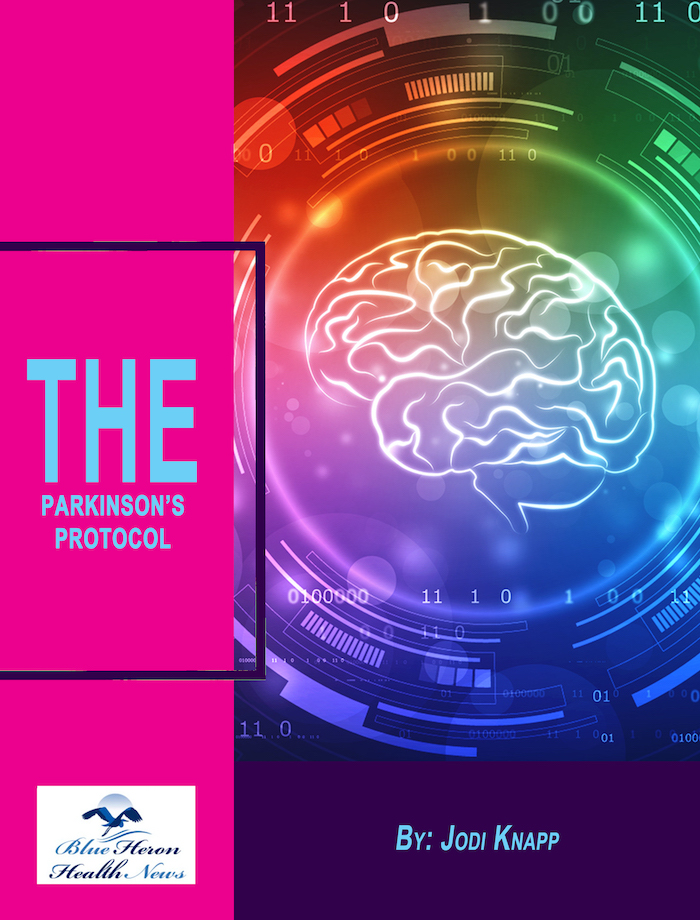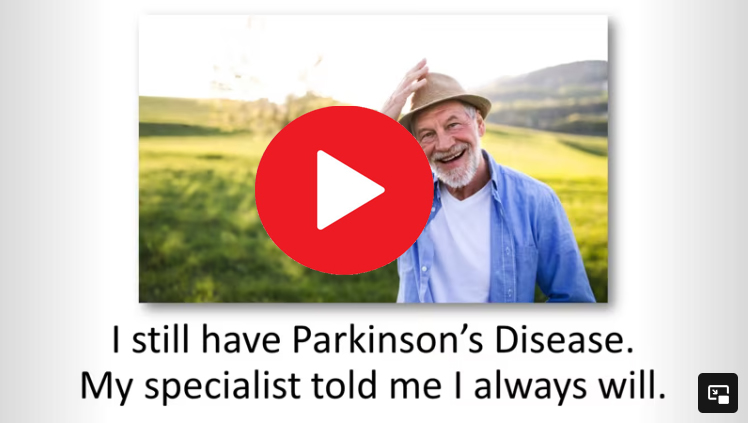
The Parkinson’s Protocol™ By Jodi Knapp Parkinson’s disease cannot be eliminated completely but its symptoms can be reduced, damages can be repaired and its progression can be delayed considerably by using various simple and natural things. In this eBook, a natural program to treat Parkinson’s disease is provided online. it includes 12 easy steps to repair your body and reduce the symptoms of this disease.
Common Symptoms of Parkinson’s Disease
Parkinson’s disease is characterized by a range of motor and non-motor symptoms. These symptoms typically develop gradually and worsen over time. Here’s a breakdown of the most common symptoms:
Motor Symptoms
- Bradykinesia (Slowness of Movement)
- Description: Bradykinesia is the most characteristic symptom of Parkinson’s disease. It involves a general slowness of movement, making everyday tasks like dressing, eating, and walking difficult.
- Effects: Movements become smaller, slower, and less fluid. Patients may take shorter steps, and their arm swing during walking may diminish. Fine motor skills, like buttoning a shirt or writing, may become impaired.
- Tremor
- Description: A resting tremor is often one of the earliest signs of Parkinson’s disease. It typically starts in one hand or fingers (often described as a “pill-rolling” tremor).
- Location: Tremor usually begins in one limb and may spread to other parts of the body over time. It is most prominent when the limb is at rest and tends to decrease or disappear during voluntary movement and sleep.
- Muscle Rigidity
- Description: Rigidity refers to increased muscle tone, leading to stiffness and resistance to movement in the limbs, neck, and trunk.
- Effects: Rigidity can cause discomfort and pain, reduce the range of motion, and contribute to the characteristic “cogwheel” phenomenon, where movements are interrupted by a series of jerky motions.
- Postural Instability
- Description: As Parkinson’s disease progresses, balance and coordination become increasingly impaired, leading to postural instability.
- Effects: Patients may develop a stooped posture and have difficulty maintaining their balance, especially when turning or stopping suddenly. This increases the risk of falls and injuries.
- Gait Disturbances
- Shuffling Gait: Patients often exhibit a shuffling gait with short, hesitant steps. This is sometimes accompanied by a reduced arm swing.
- Freezing of Gait: Some patients experience “freezing,” where they feel as if their feet are glued to the ground, making it difficult to start walking or to move through doorways or narrow spaces.
Non-Motor Symptoms
- Cognitive Impairment
- Mild Cognitive Impairment: Early in the disease, some patients experience problems with memory, attention, and executive function.
- Parkinson’s Disease Dementia: In later stages, some patients develop more severe cognitive decline, affecting daily functioning.
- Mood Disorders
- Depression: A common symptom in Parkinson’s disease, often due to both the psychological impact of the disease and changes in brain chemistry.
- Anxiety: Patients may experience generalized anxiety, panic attacks, or social anxiety.
- Sleep Disorders
- Insomnia: Difficulty falling or staying asleep is common.
- REM Sleep Behavior Disorder (RBD): Patients may act out their dreams during REM sleep due to the loss of normal muscle atonia.
- Daytime Sleepiness: Excessive daytime sleepiness can occur, sometimes due to disrupted nighttime sleep.
- Autonomic Dysfunction
- Orthostatic Hypotension: A sudden drop in blood pressure when standing, leading to dizziness or fainting.
- Constipation: Slowed digestion is common due to the effect of PD on the autonomic nervous system.
- Bladder Dysfunction: Urinary urgency, frequency, and incontinence may occur.
- Sweating and Temperature Regulation: Some patients experience abnormal sweating and difficulty regulating body temperature.
- Sensory Symptoms
- Anosmia: Loss of the sense of smell is often one of the earliest signs of Parkinson’s disease, sometimes preceding motor symptoms by several years.
- Pain: Pain can be neuropathic (nerve-related) or musculoskeletal, often related to rigidity or abnormal postures.
- Speech and Swallowing Problems
- Hypophonia: A soft, monotone, or slurred speech, often difficult to understand.
- Dysphagia: Difficulty swallowing, which can lead to choking, aspiration, or malnutrition.
- Facial Masking (Hypomimia)
- Description: A reduction in facial expressions, leading to a “mask-like” face. This can make it difficult for patients to express emotions, affecting social interactions.
Summary
The symptoms of Parkinson’s disease vary widely among individuals and can affect many aspects of daily life. While motor symptoms like tremor, bradykinesia, and rigidity are often the most noticeable and characteristic features, non-motor symptoms such as cognitive impairment, mood disorders, and autonomic dysfunction are also common and can significantly impact quality of life. Treatment is tailored to manage these symptoms and improve overall function.

The Parkinson’s Protocol™ By Jodi Knapp Parkinson’s disease cannot be eliminated completely but its symptoms can be reduced, damages can be repaired and its progression can be delayed considerably by using various simple and natural things. In this eBook, a natural program to treat Parkinson’s disease is provided online. it includes 12 easy steps to repair your body and reduce the symptoms of this disease.